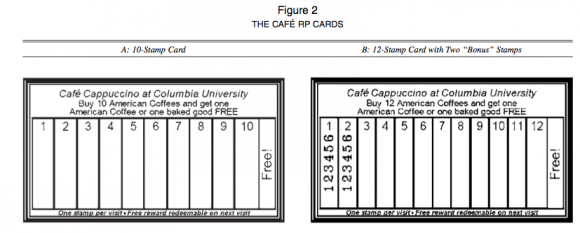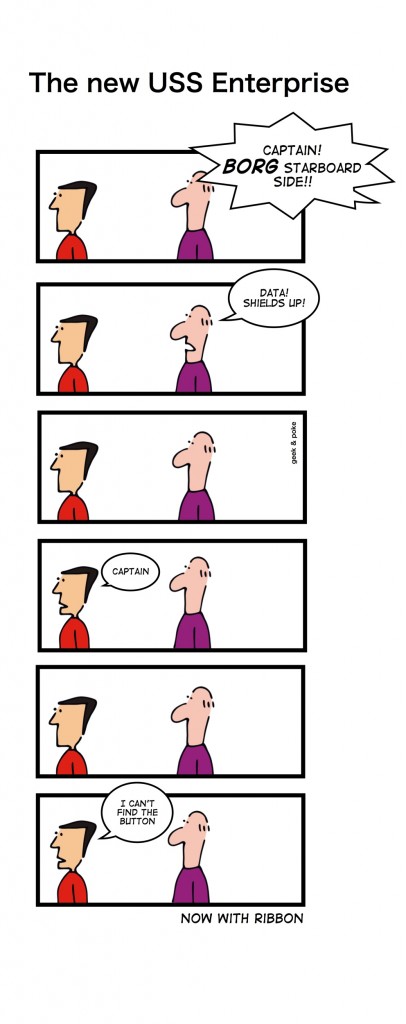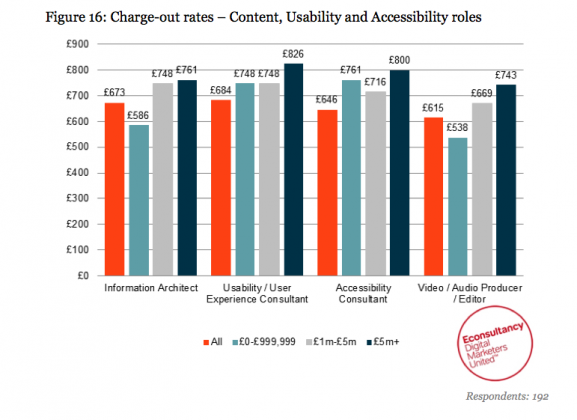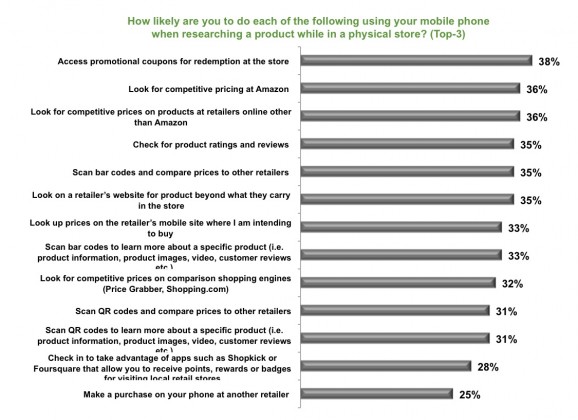We embarked on a little experiment. We asked a ton of people to send us their settings file for Microsoft Word. At the time, MS Word stored all the settings in a file named something like config.ini, so we asked people to locate that file on their hard disk and email it to us. Several hundred folks did just that.
We then wrote a program to analyze the files, counting up how many people had changed the 150+ settings in the applications and which settings they had changed.
What we found was really interesting. Less than 5% of the users we surveyed had changed any settings at all. More than 95% had kept the settings in the exact configuration that the program installed in.
Źródło: Do users change their settings?, Jared Spool, UIE Brain Sparks.













Recent Comments